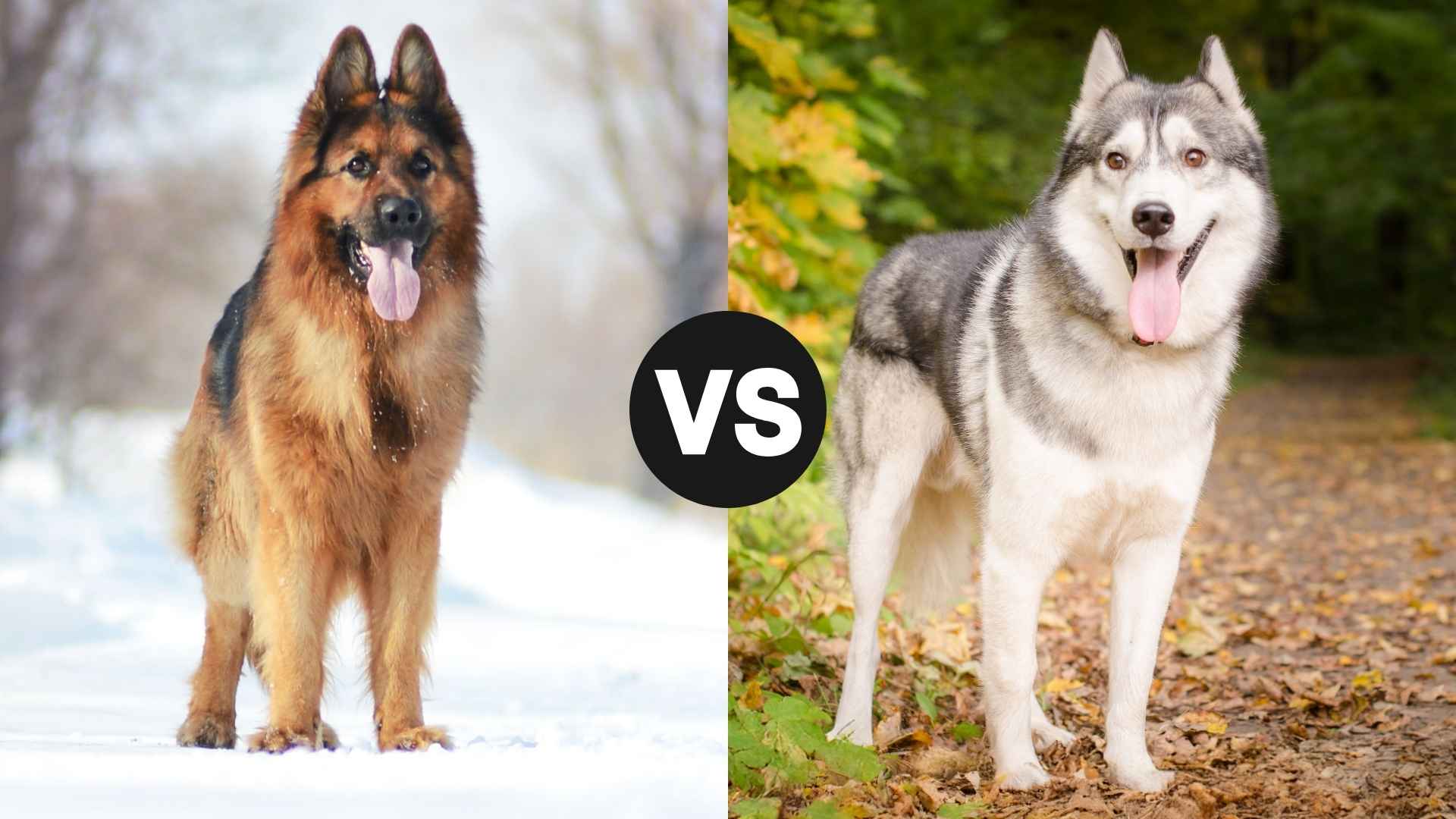Choosing between a German Shepherd and a Siberian Husky feels like deciding between a dependable guardian and a wild-hearted adventurer. Both are stunning, intelligent, and full of energy—but their personalities, training needs, and loyalty play out in very different ways. Whether you’re a first-time dog owner or a seasoned canine lover, understanding the key differences between these two iconic breeds is essential before bringing one home.
The German Shepherd is known for its unwavering loyalty, protective instincts, and impressive trainability. They’re often the go-to choice for families, police forces, and service work. On the other hand, Siberian Huskies are known for their stunning blue eyes, independent nature, and a spirit that thrives on freedom and fun.
So, which breed matches your lifestyle? Are you looking for a steadfast companion who will guard your home, or an energetic furball ready to run with the wind? We’ll break down their history, temperament, exercise needs, grooming, training, and more—so you can make the right call for your home and heart.
German Shepherd vs. Siberian Husky
Breed History and Origins
German Shepherd
If dogs had a superhero origin story, the German Shepherd would be wearing a cape. Developed in the late 19th century by a German cavalry officer named Max von Stephanitz, this breed was engineered to be the ultimate working dog — smart, loyal, and versatile.
Originally bred for herding sheep, this dog has since taken on many roles such as disability assistance, search-and-rescue, police work, and even military duties. Today, it is also frequently kept as a companion animal, according to Wikipedia.
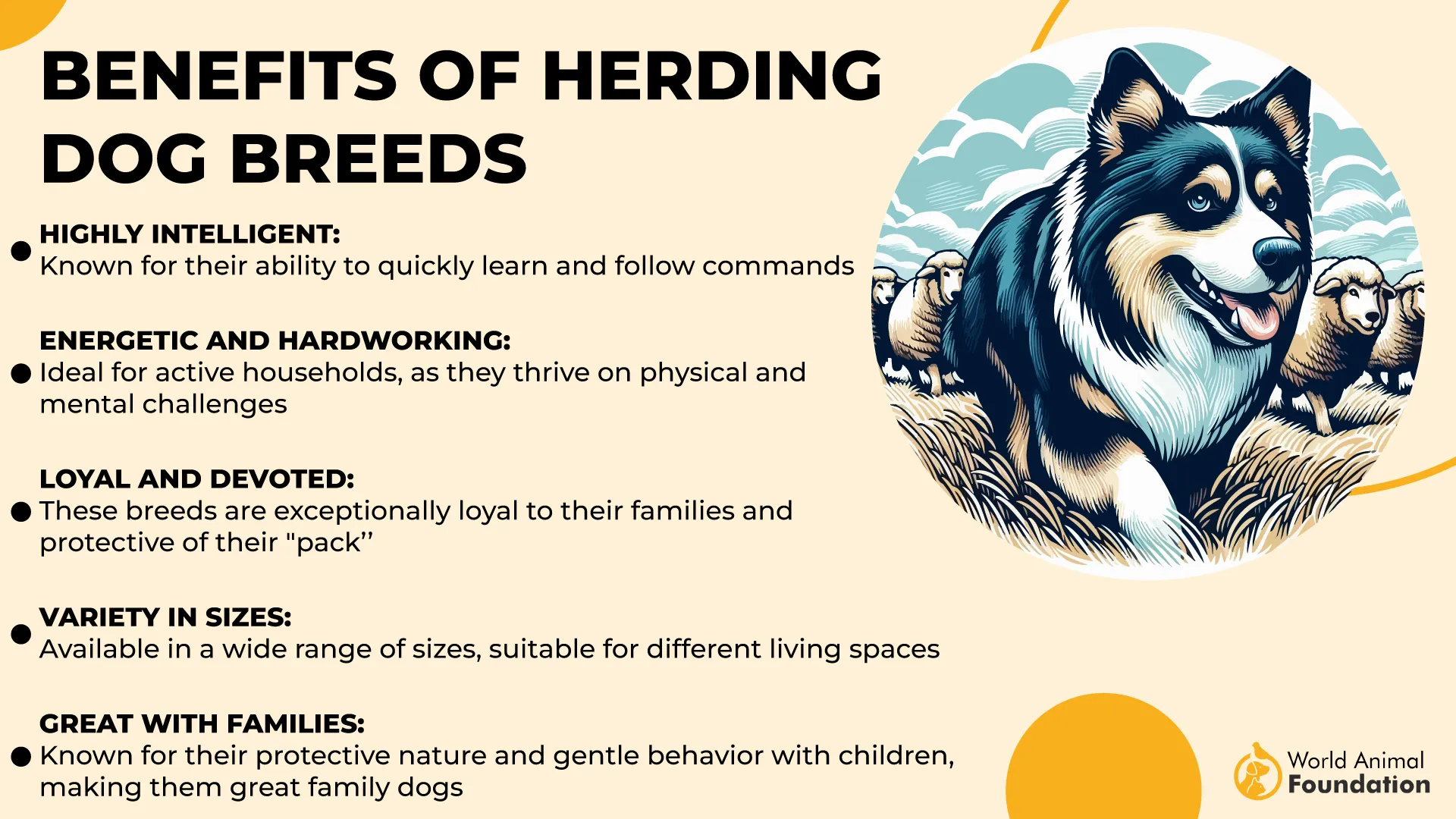
Think of the German Shepherd as the Swiss Army knife of dogs. They’re canine multitaskers with a badge.
Siberian Husky
Now, the Siberian Husky’s story is a bit more rugged, with a dash of “survivor of the harshest winter.” These fluffy adventurers originated from the Chukchi people of Siberia, where they pulled sleds across frozen tundras and survived some seriously brutal weather.
Picture them as the original snow bunnies—minus the sass. Huskies are all about endurance and teamwork, plus they come with a natural “I belong in a winter wonderland” vibe.
Physical Appearance and Size
German Shepherd
German Shepherd dogs are like the sleek secret agents of the dog world. Standing tall at about 22 to 26 inches and weighing anywhere from 50 to 90 pounds, these medium to large sized dogs have got that classic “ready-for-action” look.
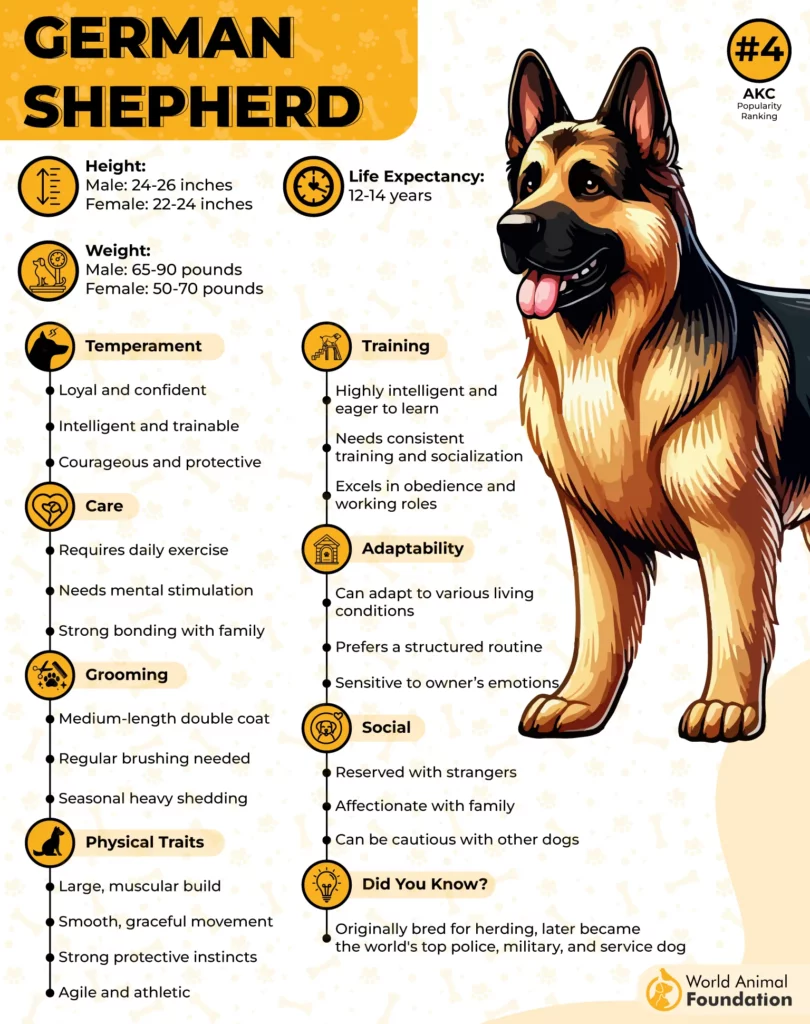
Head & Face
Head Shape: Strong, chiseled with a long muzzle.
Ears: Large, upright, and pointed.
Eyes: Almond-shaped, medium-sized, usually dark brown.
Expression: Intelligent, focused, and confident.
Tail
Long and bushy, carried low with a gentle curve when relaxed.
Coat
Type: Double coat (dense outer coat + soft undercoat)
Texture: Medium length, straight, and harsh to the touch.
Colors
Classic: Black and tan
Other common variants: Sable, all black, black and red, black and silver, or white (less common and not recognized in some breed standards).
Siberian Husky
Huskies are the fluffy Olympians of the dog park. Slightly smaller than German Shepherds, they usually stand around 20 to 23.5 inches tall and weigh between 35 to 60 pounds. These furry companions have wolf-like features.
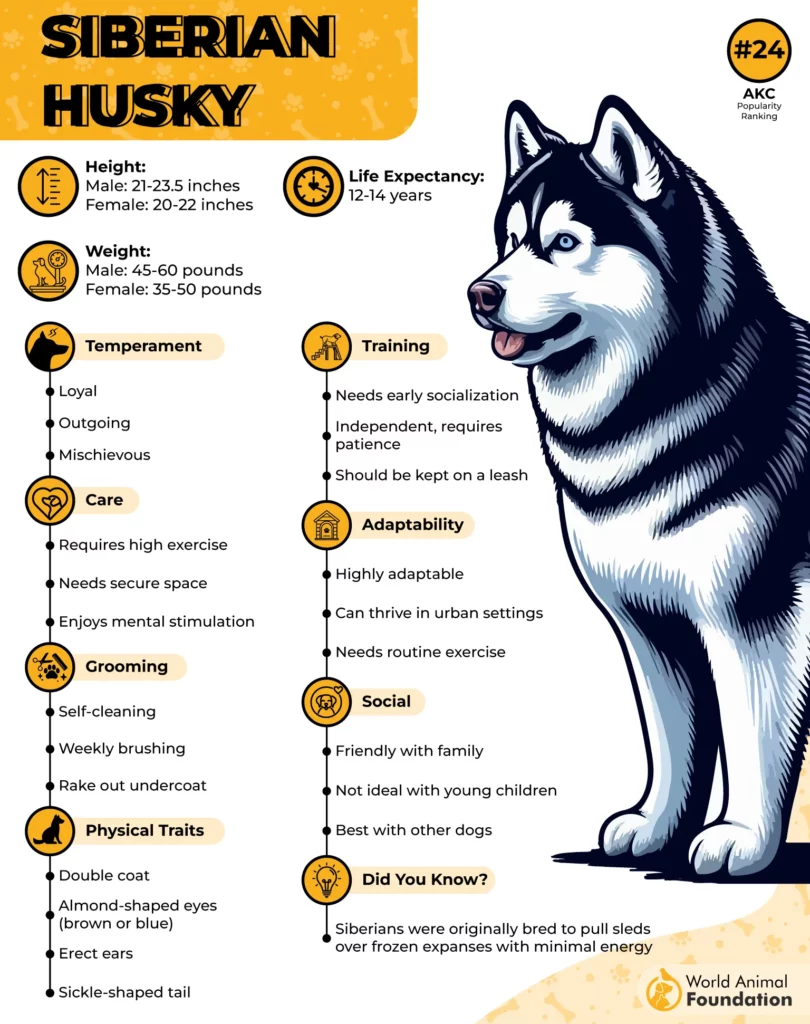
Head & Face
Head Shape: Medium-sized and rounded with a tapered muzzle.
Ears: Medium, triangular, erect, and set high.
Eyes: Almond-shaped, can be brown, blue, amber, or heterochromatic (one eye of each color).
Expression: Mischievous, alert, and friendly.
Tail
Fox-like and fluffy, often curled over the back when active or alert.
Coat
As per WebMD, Huskies were bred for cold environments, so they have a much thicker coat than many other dog breeds.
Type: Thick double coat (outer guard hairs + dense undercoat)
Texture: Soft and plush; sheds heavily twice a year.
Colors:
Extremely varied: Black, gray, red, agouti, sable, and pure white.
Often includes distinct facial markings and mask patterns, which are a Husky hallmark.
Shedding and Grooming Needs
If you thought owning a dog was all cuddles and tail wags, welcome to the real world, where your clothes, furniture, and sometimes even your food might mysteriously acquire dog fur. When it comes to German Shepherds and Siberian Huskies, shedding is part of their charm… and your daily life.
German Shepherd Shedding & Grooming
German Shepherds are the drama queens of the shedding world. They sport a dense double coat designed for anything from chilly autumn walks to winter snowstorms. Here’s what you need to know:
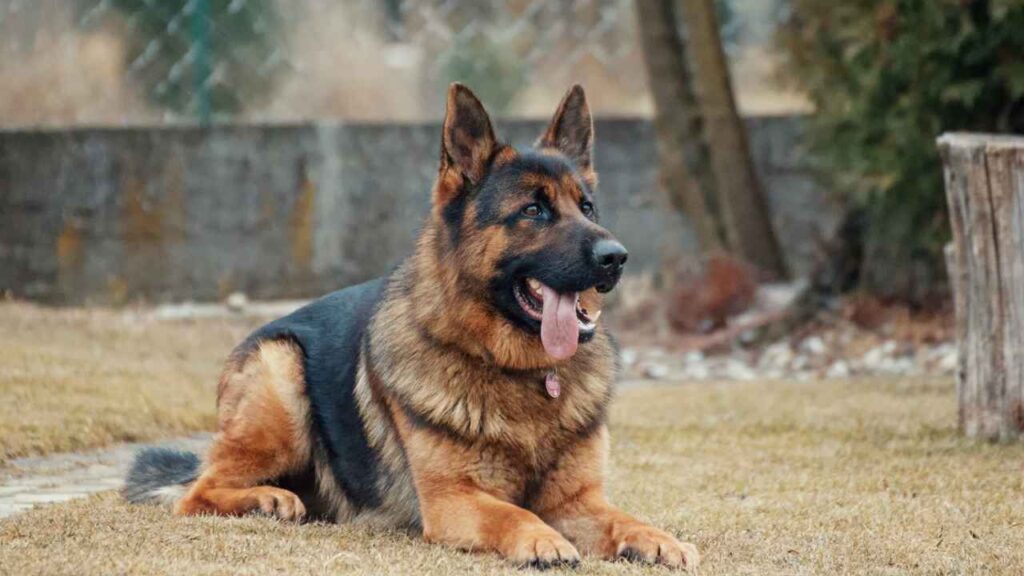
Shedding: Year-round with major “blowout” seasons twice a year (spring and fall). Expect fur clouds everywhere.
Grooming: Regular brushing 2-3 times a week keeps the coat shiny and loose fur at bay.
Bonus: Brushing sessions double as mini spa days for your dog (and stress relief for you).
Siberian Husky Shedding & Grooming
Huskies take shedding to a whole new level — think fur hurricane alert twice a year! Here’s the scoop:
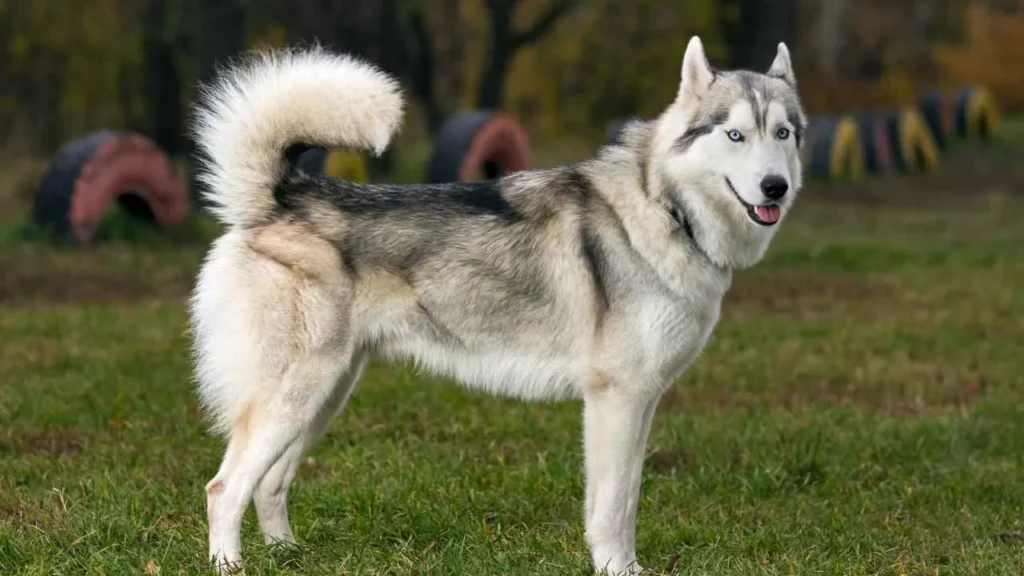
Shedding: Massive, twice-yearly “blowing coat” molt that can transform your home into a fur-filled snow globe.
Grooming: Low-maintenance outside shedding season; brushing once or twice a week is enough. They usually don’t have the typical “doggy” smell, so they only need a bath when they start to develop an odor, says PetMD.
Shedding Season: Daily brushing is required during molt time to keep the fluff under control (and your vacuum busy).
Personality Traits
Every dog has a unique personality, but when it comes to German Shepherds and Siberian Huskies, their traits really set them apart — making each breed a perfect match for different types of families.
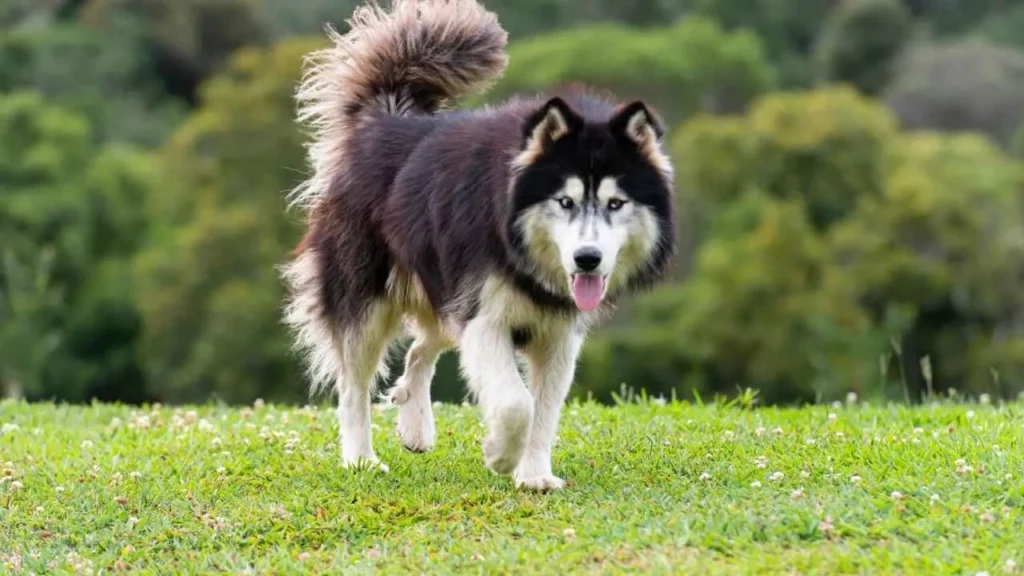
German Shepherd
✅ Loyal and fiercely protective, great family pets.
✅ Highly intelligent and quick to learn new commands
✅ Confident and alert — good watch dog material
✅ Calm and patient, especially with children when socialized
✅ Responsive to consistent training and structure
Siberian Husky
✅ Friendly and social with people and other dogs
✅ Independent thinker — can be stubborn during training
✅ Energetic and playful, always ready for adventure
✅ Mischievous with a knack for getting into trouble
✅ Affectionate, extremely loyal pet, and loves being part of the family pack
✅ Less protective, more of a friendly “welcome committee”
Understanding these personality quirks helps you pick the right four-legged friend who will fit seamlessly into your home and heart.
Health and Lifespan
Owning a dog is a big commitment, so understanding the health and lifespan of your furry friend helps you prepare for many joyful years together.
German Shepherd
German Shepherds are typically robust dogs, but like all breeds, they can be prone to certain health issues. Their average lifespan ranges from 7 to 10 years. Some common health problems include hip and elbow dysplasia, which impact their joints, along with digestive issues and allergies. To keep them healthy and content, it’s important to provide regular veterinary care, a nutritious diet, and ample exercise.
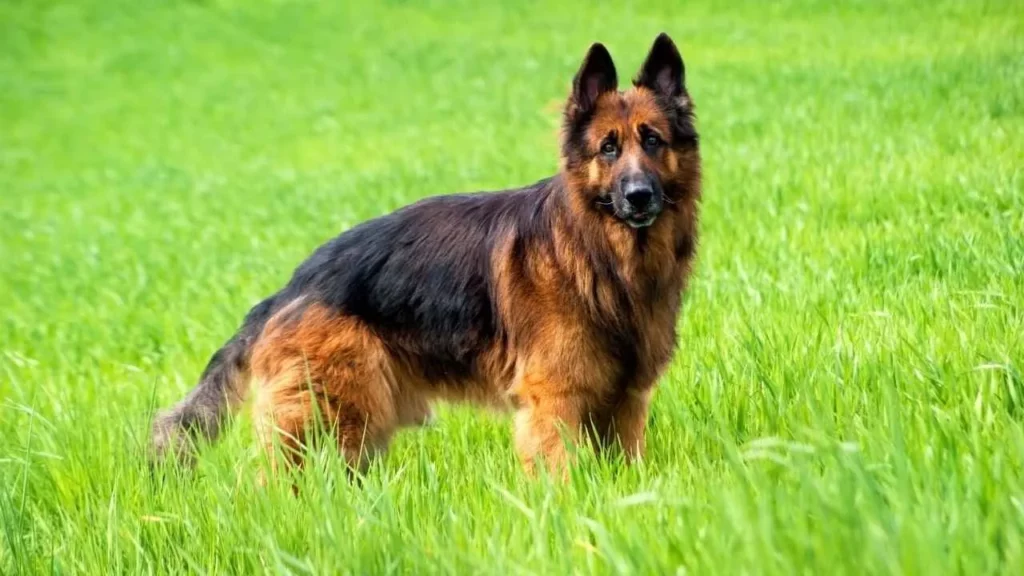
Siberian Husky
Siberian Huskies, on the other hand, are known for their endurance and robust nature. They often live a bit longer, with a life expectancy of 12 to 14 years. While generally healthy, Huskies can be prone to hip dysplasia, progressive retinal atrophy, eye issues like cataracts, corneal dystrophy and certain skin conditions.
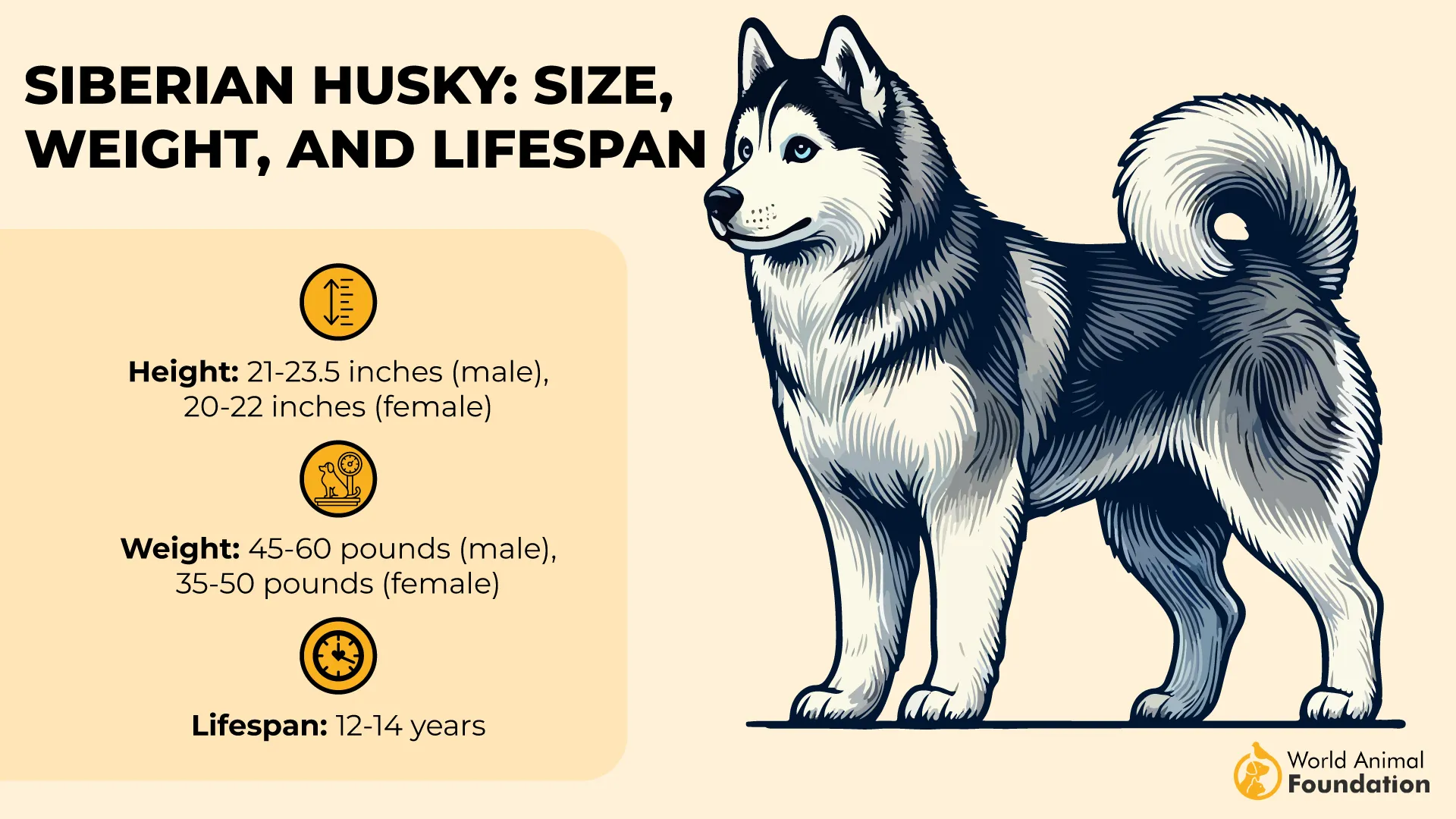
Regular exercise and grooming are essential to managing their thick coat and keeping them feeling their best. Because of their independent streak, keeping up with vet check-ups helps catch any health concerns early.
Choosing the Right Breed for Your Lifestyle
If you want a loyal, trainable protector who loves structure and family time, the German Shepherd is your go-to. They need plenty of mental and physical activity, but repay you with unwavering devotion.
If you’re after an energetic, playful companion who thrives on adventure and lots of outdoor time, the Siberian Husky is your perfect match. Just be ready for some stubbornness and plenty of fur!
Think about your daily routine, activity level, and how much time you can dedicate—then pick the breed that fits your vibe best. Either way, you’re in for a lifetime of love and tail wags.
Conclusion
When comparing the Husky or German Shepherd, it’s clear that while both are large dogs with impressive intelligence, strong work ethics, and high energy levels, their personality traits and ideal environments vary. Both dog breeds were originally bred for demanding tasks—German Shepherds as guard dogs and herders, and Huskies as sled dogs in cooler climates. As pack dogs, both need proper socialization and mental stimulation to thrive.
The German Shepherd personality is often more obedient, protective, and loyal, making them good family dogs and dependable guard dogs. In contrast, Huskies are independent, with a strong prey drive, and may be more challenging for first-time owners due to their stubbornness and tendency to roam if left alone for long periods.
A significant difference between the two breeds lies in their adaptability and response to training. Both are high-energy breeds that need plenty of physical and mental stimulation, including exercise and bonding time. In the end, choosing between the two depends on your lifestyle. Either way, both breeds can become loyal companions with the right puppy training, socialization, and commitment.


